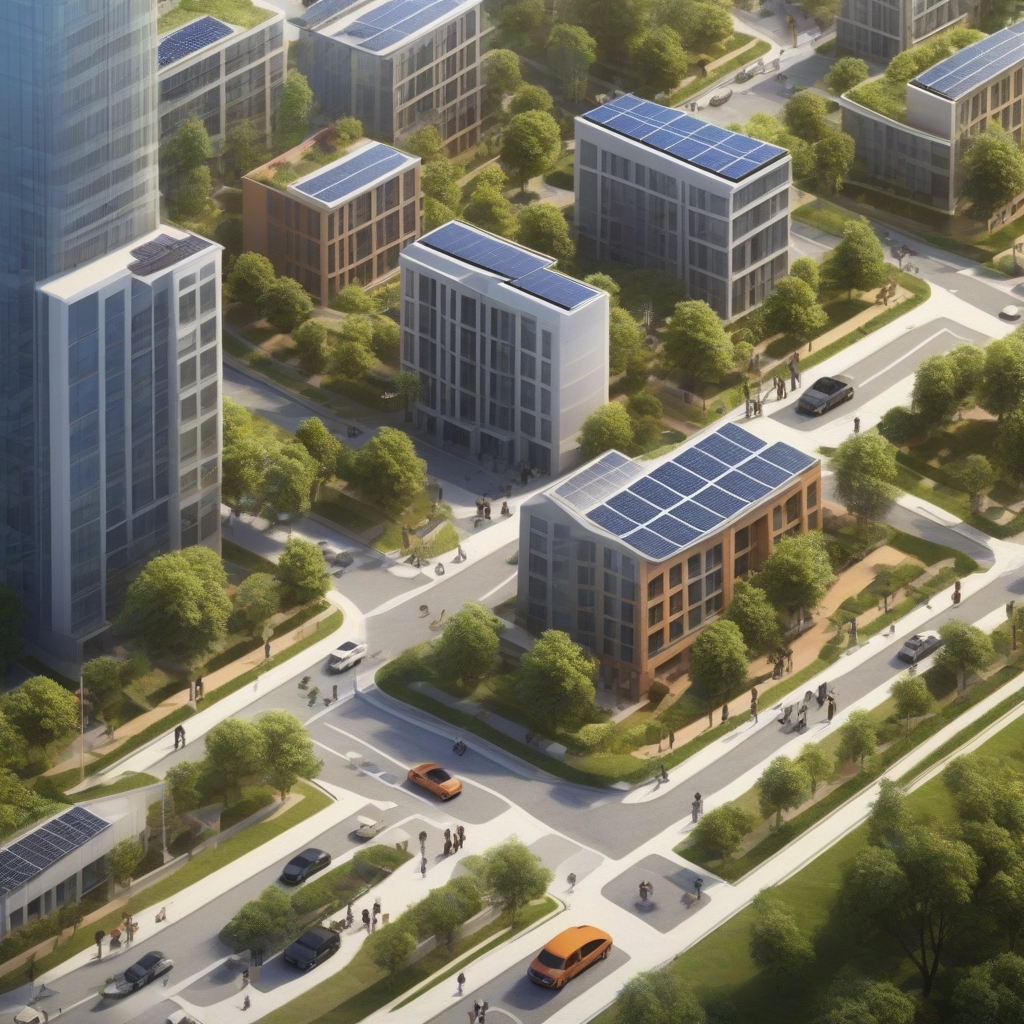/ Aug 09, 2025
Trending
LARealEstateBrief 2024.

As the housing market continues to evolve, potential homebuyers and investors are on the lookout for cities that promise a level of stability amidst the fluctuating real estate landscape. The search for secure and reliable housing investments has never been more pertinent, especially as markets adapt to post-pandemic life and new economic realities. Here, we dive into the cities that are projected to boast stable housing markets by the end of next year, examining the key factors driving their resilience and growth.
In recent years, the housing market has been subject to numerous challenges. From fluctuating interest rates to shifting demand patterns due to remote work, buyers, sellers, and investors face a myriad of factors influencing real estate stability. However, certain cities are emerging as beacons of stability, combining economic growth, community development, and sustainability.
Understanding why certain cities are set to have stable housing markets requires a closer look at several critical factors:
Several cities across the United States are poised to demonstrate extraordinary housing market stability in the near future. These urban areas are characterized by their economic resilience, commitment to community well-being, and adaptive strategies to emerging trends.
Often described as one of America’s fastest-growing tech hubs, Austin’s bustling economy is a cornerstone of its housing market stability. The influx of tech professionals and the corresponding demand for residential properties are buoyed by a high quality of life, culturally vibrant communities, and relatively affordable housing prices.
Austin’s commitment to sustainability further enhances its market prospects. Initiatives to expand green spaces and invest in renewable energy are attracting individuals interested in a sustainable lifestyle, positioning the city as a prime candidate for residential stability.
Raleigh is known for its strong economy, driven by sectors like technology and healthcare. The Research Triangle Park, a major contributor to Raleigh’s economic strength, provides a steady stream of high-paying jobs. The city combines an excellent quality of life with affordability, making it attractive to both young professionals and families.
Moreover, Raleigh is investing significantly in infrastructure improvements, which enhances its attractiveness as a stable housing market by ensuring ease of access and boosting property values through enhanced urban planning.
The Twin Cities continue to stand out for their cultural amenities, affordability, and strong local economies. With low unemployment rates and a well-diversified economic base, these cities exhibit resilience to economic shifts that could destabilize housing markets elsewhere.
The local government’s investment in sustainable urban planning, support for public transportation, and promotion of eco-friendly building practices further bolsters the stability of their housing markets. These attributes present the Twin Cities as highly desirable locations for long-term property investment.
To ensure continued stability, cities must adopt proactive strategies that encompass economic, social, and environmental components. Some key strategies include:
The future of housing markets in cities such as Austin, Raleigh, and the Twin Cities looks promising, thanks to their strong economic backbones, commitment to sustainable development, and community-focused urban strategies. As these cities continue to grow and adapt, they provide fertile ground for stable housing investments, attracting buyers keen on securing their future in a dynamic real estate environment.
For prospective homebuyers and investors, keeping an eye on these flourishing urban landscapes might just be the key to unlocking long-term economic security and community living. As the real estate market charges forward, the emphasis on sustainability, affordability, and quality of life will define the next wave of stable housing markets.
Get the latest LA real estate news, market trends, and expert tips. Subscribe for weekly updates to stay informed and ahead in the LA property market.
Copyright LARealEstateBrief. 2024. DRE license #02134518